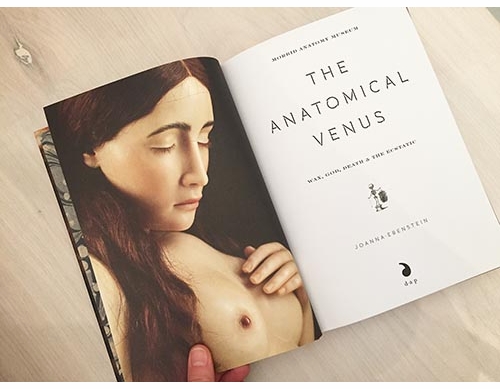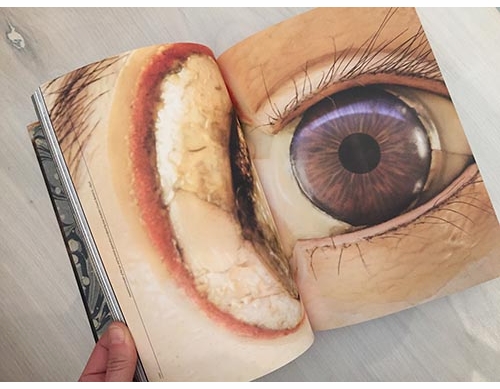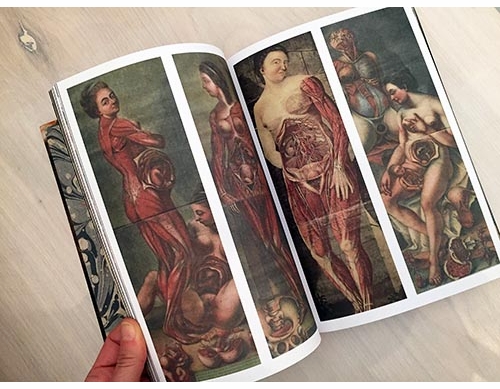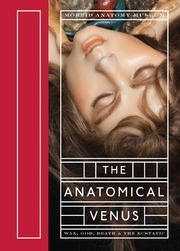| |||||||||||||||||||||||||
ARTBOOK BLOGEventsStore NewsMuseum Stores of the MonthNew Title ReleasesStaff PicksImage GalleryBooks in the MediaExcerpts & EssaysArtbook InterviewsEx LibrisAt First SightThe Artbook | D.A.P. 2025 Gift GuidesArtbook Featured Image ArchiveArtbook D.A.P. Events ArchiveDATE 1/1/2026 Happy New Year!DATE 12/25/2025 A revelation of our nation’s essential, quirky visual character in ‘Lee Friedlander: Christmas’DATE 12/16/2025 The acute gaze of Gabriele MünterDATE 12/11/2025 192 Books presents Raymond Foye and Peter Gizzi on The Song Cave's new edition of John Wiener’s 'Behind the State Capitol: Or Cincinnati Pike'DATE 12/9/2025 The atmospheric, rarely-seen watercolors of Winslow HomerDATE 12/8/2025 Pure winter glamour in ‘It’s Snowing!’DATE 12/3/2025 Flamboyant poses and melodramatic airs in 'Cecil Beaton's Fashionable World'DATE 11/30/2025 Artbook at Hauser & Wirth Los Angeles Bookstore presents Kelli Anderson and Claire L. Evans launching 'Alphabet in Motion'DATE 11/27/2025 Indigenous presence in 'Wendy Red Star: Her Dreams Are True'DATE 11/24/2025 Holiday Gift Guide 2025: Artful Crowd-PleasersDATE 11/22/2025 From 'Bottle Rocket' to 'The Phoenician Scheme' — the archives of Wes AndersonDATE 11/20/2025 The testimonial art of Reverend Joyce McDonaldDATE 11/18/2025 A profound document of art, love and friendship in ‘Paul Thek and Peter Hujar: Stay away from nothing’ | BOOKS IN THE MEDIACORY REYNOLDS | DATE 4/12/2016The Anatomical Venus, a PW Top Pick!Joanna Ebenstein's fascinating forthcoming study of life-sized dissectible female wax medical models, The Anatomical Venus: Wax, God, Death & the Ecstatic, gets a glowing review from the bookseller's bible, Publisher's Weekly. Read the full text below and preorder here!    |
